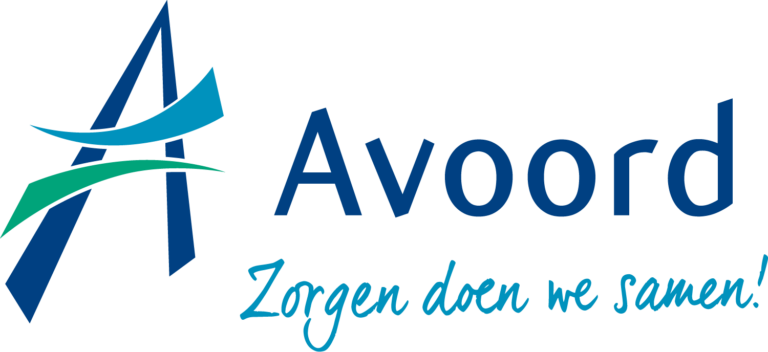Diving for pearls
Den Hartog points out that, on average, people stay at Avoord for no more than nine months, and the organization will provide care and housing to the rapidly growing group of demanding baby boomers in the coming years. Another point of consideration, according to Den Hartog, is that traditional client satisfaction surveys can be quite burdensome for the target population. “Also for the family, who are often in a continuous process of mourning. They have other things on their minds.”
Therefore, Avoord decided to exchange the old methodology for a short-cycle, real-time measurement and improvement strategy. Eventually, the organization chose CareRate for this purpose. Den Hartog says, “What appealed to us in CareRate’s approach is the so-called ‘diving for pearls.’ Shifting the focus to themes that clients themselves find very important and that can be improved in the short term, and working based on positivity. I always use the example that if the client prefers a green tablecloth instead of a blue one, it may seem like a trivial matter, but you can immediately apply a concrete improvement action to it.” According to Den Hartog, this is a more efficient approach than zooming in on seemingly negative issues, such as the number of staff members. “When you ask about it, people always feel that there are not enough employees present on the work floor. You can’t solve that problem through research. That’s why it’s smarter to bring focus. In this way, employees are also able to actually complete improvement actions. So they no longer have to juggle a hundred and one things based on five hundred research questions.” Den Hartog also highlights other implications of this approach. “Thanks to CareRate’s positive approach, employees now also hear what makes clients very happy. Sometimes, it’s about things that employees perceive as ordinary, but receiving a compliment about them can be a positive surprise. This also creates additional awareness for employees, as well as for management, about what is already going very well, allowing for more focus to be placed on it.”
The Good Conversation
At Avoord, it’s not just a small group of employees, but everyone in the organization is involved in increasing client satisfaction. Two ambassadors per team participate in a training program called the ‘pearl journey’ in CareRate’s terminology. ‘When our people have completed that journey, they become exceptionally motivated to achieve improvements,’ says Den Hartog. ‘This creates a ripple effect.’
The seriousness of Avoord’s commitment is evident in the fact that the organization has made working on client satisfaction a part of the management cycle. In every monthly review with the managers, the aspect of client satisfaction is addressed. ‘We call it ‘the good conversation’,’ explains Den Hartog. ‘During this conversation, we discuss with managers the progress of their improvement actions, providing them with considerable freedom. If they can effectively justify why they make certain choices, they are given that space. A manager can say in our organization: listen, even if I score a 4 in a particular aspect, I won’t take any action.’ Den Hartog refers to the mindset of CareRate: improving a score of 4 to 6 contributes minimally to a higher NPS score. It is much more effective to turn a 7 into a 9 or 10. ‘This requires a great deal of trust from the manager, and it’s something an organization needs to learn.’
Avoord’s improvement approach focuses on three newly introduced KPIs: the average customer satisfaction per team should be higher than an 8, the NPS score should increase by 25 points, and each team should have implemented a minimum of 5 improvement suggestions.
In its strategic policy, Avoord has defined core values such as self-regulation and self-respect. The organization measures in real-time the extent to which clients actually experience these core values in practice. Den Hartog says, ‘That is wonderful because it makes the softer side of the organization measurable. Moreover, this approach completes the cycle of the Plan Do Check Act methodology.’ CareRate itself prefers to call it the PDCAS cycle, with the S standing for Share. Den Hartog acknowledges this, ‘It is also our experience that sharing results is important. We constantly inform our employees about the number of activities that have been completed. This makes the approach not static but dynamic.’

